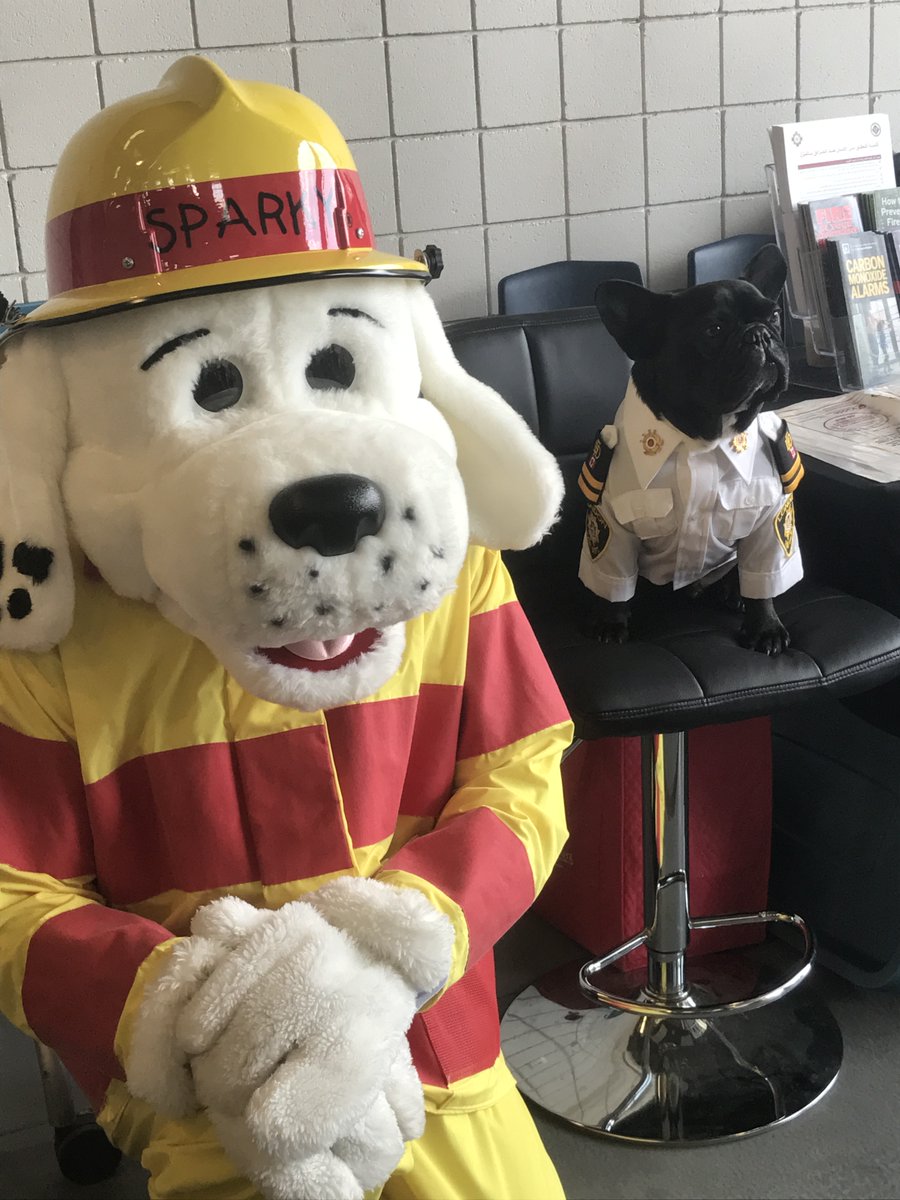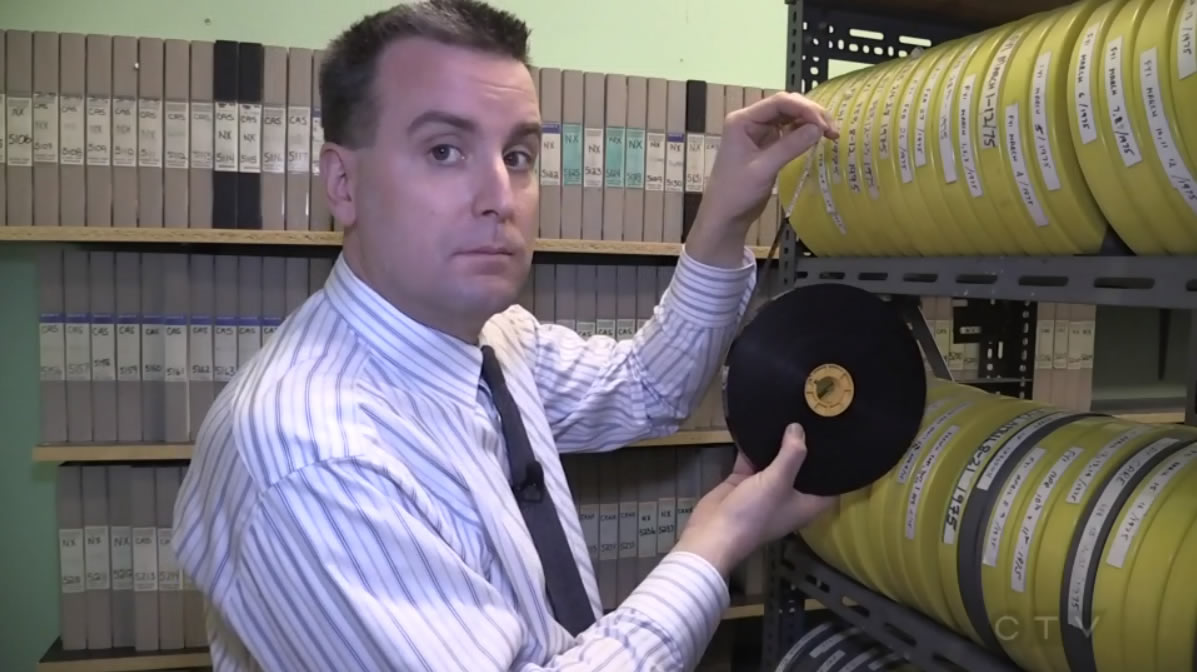
A coroner’s jury probing the death last spring of a London firefighter recommended Thursday that all fire trucks in the province be designed in future so all crew members may ride inside cab.
of The Free Press
A coroner’s jury probing the death last spring of a London firefighter recommended Thursday that all fire trucks in the province be designed in future so all crew members may ride inside cab.
Richard Roman was killed April 30 when he was flung from the jump seat of a pumper, which rolled over and pinned him after it was struck broadside by an ambulance at Curry Street and Mornington Avenue. The crash occurred at 3:24 a.m.
The jury was told the jump seat behind the cab had no enclosing roof, no seat belts and one side was open. The second occupant of the seat, Donald Jeffrey, fell clear after the two vehicles collided.
The fire truck and ambulance were both responding – although by different routes – to an apartment building fire at 175 Connaught Ave.
Jurors recommended that all jump seats on existing vehicles be equipped with roll bars and seat belts. The jump seat in the pumper in which Roman was killed was installed in 1977 but no seat belts were provided.
Canadian motor vehicle regulations now require all fire vehicles be equipped with seat belts in the cab and jump seat, an official with a fire truck manufacturing firm said.
Testimony on Wednesday showed neither the driver of the fire truck nor ambulance was using a siren at the time of the crash.
Thames Valley Ambulance requires drivers who use sirens between 11 p.m. and 7 a.m. to file a report explaining their action. The siren restriction corresponds with city noise bylaws.
Jurors urged that fire vehicles responding to a fire “should be required to use their alarms at all times.” The inquest was told earlier the use of the siren in the fire truck is left to the discretion of the vehicle’s driver.
Evidence also showed ambulances routinely respond to fire calls. Jurors recommended that ambulances only go to a fire when requested to do so.
George Lamond, the driver of the fire truck, was found guilty of failing to stop at the stop sign on Curry Street. The jury was told ambulance driver David Quantrill was travelling 49 miles an hour moments before the impact.
Randy MacDonald, a co-owner of Thames Valley Ambulance, said drivers were told not to exceed the speed limit, except in areas outside London’s core, where the company allows them to travel 10 miles an hour over the limit.
MacDonald said he didn’t believe he would have driven the ambulance at the speed which jurors were told it was travelling.
Fire Capt. James Brown, who was riding in the cab of the fire truck, said the vehicle reduced its speed from “the 40s” to about 15 miles an hour just before reaching the intersection with Mornington. He said the pumper driver accelerated to try to avoid the ambulance “and then all of a sudden there was an impact in the back and all hell broke loose.”
The pumper was hit broadside near the rear wheel, rolled over on its left side, then its top before settling on the right side and pinning Roman under more than 24,000 pounds of steel and water in a 300-gallon tank.
Prof. Alan German, a member of a University of Western Ontario accident research team, said Jeffrey probably was saved in the crash because his side of the jump seat had a wall and he was able to brace himself until the pumper was upside down, when he fell out and it rolled away from him.
Roman, who did not have a side wall next to him, was “completely ejected” and went “into the path” of the rolling pumper, German said. He noted that, although the truck rolled, the cab area was not crushed.
He said vehicles which roll completely over do not usually result in death to an occupant, provided the occupant is restrained and in an enclosed area.
He suggested that because firemen often face the rear of the truck when sitting on a jump seat, they would be better off not wearing air tanks in the vehicle. The force of a head-on collision, he said would drive the men’s backs against the equipment.
Jurors recommended that, on the way to a fire, firemen should ensure the tanks are stored in an area other than the passenger compartment.
Coroner Cam Robinson told jurors their recommendations will be sent to the Ontario coroner’s office, which will “use its power and influence” to attempt to have them implemented.





